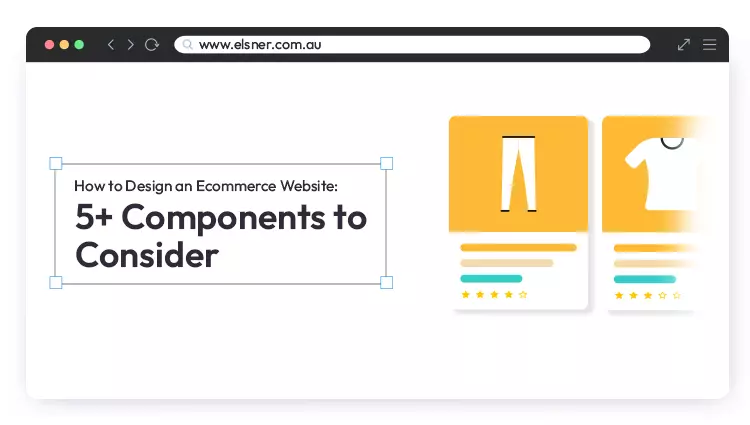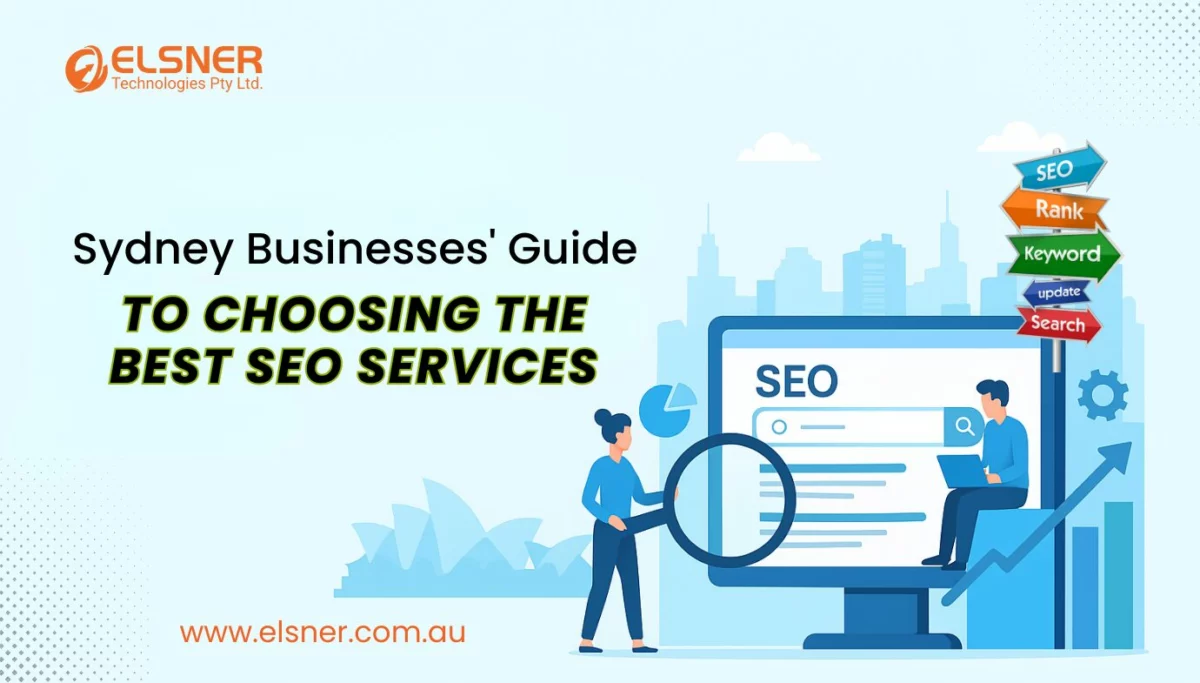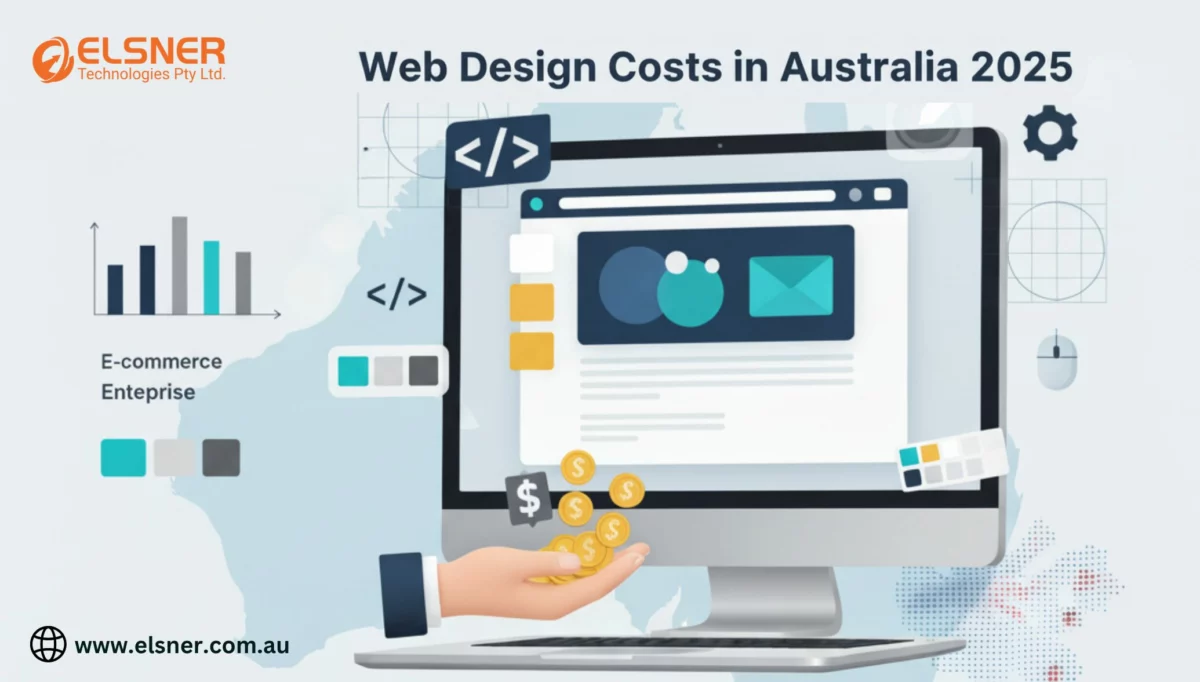How to Design an Ecommerce Website: 5+ Components to Consider
E-CommerceThe digital market is evolving every second, requiring regular attention and updates to meet the target audience’s expectations. The challenge is increasing.
Do you know that around 94% of the first impression of users are related to design? So what is the right approach for e-commerce web design?
One of the key reasons for correct e-commerce website design is the importance of first impressions. Your target audience is more likely to trust and engage with a website that looks professional and is easy to navigate. A poorly designed website can quickly turn customers away, resulting in lost sales and a damaged reputation.
It is important to define the right strategy, from development to branding your business in the digital business, and we will help you do this.
What is an e-commerce business?
It is a business model that helps users sell goods and services through digital platforms. Customers now access your e-commerce store through social media, websites, mobile applications, and other digital platforms.
Most businesses optimize their operations to boost revenue generation and user engagement effortlessly. Here are some specific purposes of e-commerce website design:
- To create a visually appealing website that attracts customers and attractively presents products or services.
- To make the website easy to use and navigate so that customers can quickly find what they’re looking for and make purchases without frustration.
- Ensure the website is optimized for search engines, which can help attract more traffic and potential customers.
- A secure and reliable checkout process can help build customer trust and confidence.
- To track and analyze customer behavior and purchase data, which can provide valuable insights for the business and help optimize the website’s performance.
What are the must-have features in an e-commerce store?
- Clear navigation: An e-commerce website should have a clear and intuitive navigation menu that helps customers easily find what they are looking for.
- Search functionality: Customers should be able to search for products based on keywords, product names, and other attributes. This can help customers find products quickly and easily.
- Product categories: An e-commerce website should have clear product categories and filters that allow customers to refine their search results based on specific attributes such as size, color, price, and more.
- Quality images and videos: Customers should be able to view high-quality product images and videos that show the product from multiple angles and in different contexts.
- Detailed information: Each product should have a detailed description of the product features, specifications, materials, and care instructions.
- Shopping cart and checkout: An e-commerce website should have a shopping cart and checkout process that is easy to use and secure. Customers should be able to add products to their cart, edit their cart, and complete the checkout process with minimal friction.
- Payment gateway: An e-commerce website should integrate with a payment gateway that enables customers to pay using various payment methods, including credit cards, debit cards, and digital wallets.
- Order tracking: Customers should be able to track the status of their orders and receive updates on their shipping and delivery.
- Customer reviews and ratings: An e-commerce website should allow customers to leave reviews and ratings for products. This will help to build trust and credibility with other customers and increase the likelihood of a purchase.
- Mobile responsiveness: An e-commerce website should be optimized for mobile devices, including smartphones and tablets, to provide a seamless shopping experience for customers on the go.
How do build an e-commerce web design hassle-free?
There is a detailed process for most of the top companies dealing with e-commerce website design Sydney. Let us showcase to you the important components of design, which are:
1. Know your products, services, and audience
Before building an e-commerce store, it is important to identify the products, services, and customers. Then, the store owner can curate the store accordingly to engage more audiences. Detailed analysis and reporting will ensure you target a potential audience.
2. Choose e-commerce platform
The first step is to choose an e-commerce platform that suits your business needs. Some popular platforms include Shopify, Woo Commerce, Magento, and Big Commerce. Look for a platform that is easy to use, has a wide range of features, and is customizable.
3. Select a design template
Once you have chosen your e-commerce platform, select a design template that matches your business niche and brand identity. Most platforms offer a wide range of templates that that that you can customize to suit your needs. Make sure the template you choose is responsive, easy to navigate, and user-friendly.
4. Customize the design
Once you have chosen a template for your e-commerce website design, you can start customizing the store to match your branding. This includes adding your logo, changing the color scheme, and adding product images.
5. Add products
Now you need to add your products to your e-commerce website. Ensure you include high-quality product images, detailed descriptions, and pricing information. You should also organize your products into categories to make it effortless for customers to find what they are looking for.
6. Payment and shipping options
To sell products on your e-commerce website, you need to set up payment and shipping options. Most platforms have built-in payment gateways, such as PayPal or Stripe, while shipping options depend on the products you sell.
7. Test your website
Before launching your e-commerce website, make sure you test it thoroughly. First, check for any broken links, errors, or usability issues. Then, test the website on different devices to ensure it is responsive and user-friendly.
8. Launch your website
Once you have tested your e-commerce website design Australia and everything is working correctly, it’s time to launch your website. But, first, promote it on social media and other marketing channels to attract customers.
Why should you focus on e-commerce web design?
User experience
The design of an e-commerce website can significantly impact the user experience. A well-designed website can make it easy for users to navigate, find products, and complete transactions, increasing customer satisfaction and loyalty.
Branding
The design of an e-commerce website can help establish a brand identity and convey the values and personality of the business. This can help differentiate the business from competitors and create a memorable and recognizable brand.
Sales
A well-designed e-commerce website can increase sales by making it easier for customers to find products, learn about their features, and make purchases. This can lead to higher conversions and generate revenue for the business.
Credibility
A professional and well-designed e-commerce website can enhance the credibility of a business, which is especially important for new or lesser-known brands. Conversely, a website that looks outdated or poorly designed can make customers question the legitimacy of the business and decrease trust.
Competitive advantage
In the highly competitive world of e-commerce, web design company sydney ensures that a well-designed website can give a business a competitive advantage. In addition, a business can attract and retain more customers by providing a better user experience and more appealing design than competitors.
What are the benefits of correct e-commerce web design?
An ideal e-commerce website design can offer several benefits to online businesses, including:
- Improved user experience: A well-designed e-commerce website can provide a seamless shopping experience to customers. It should be easy to navigate, intuitive, and visually appealing. This can lead to increased user engagement and longer website visits.
- Boost conversion rates: An ideal e-commerce website design should encourage visitors to purchase by using persuasive calls-to-action, highlighting product features, and displaying customer reviews. This can result in higher conversion rates and more sales.
- Enhance credibility: A professional and well-designed e-commerce website can enhance the credibility of an online business. This can lead to increased customer trust, which is important in building a long-term relationship with them.
- Mobile responsiveness: With more and more people shopping online using their smartphones and tablets, a mobile-responsive website design is crucial. An ideal e-commerce website design should be optimized for all devices and provide a consistent experience across all platforms.
- Search Engine Optimization: A well-designed e-commerce website can improve search engine rankings, which can drive more organic traffic to the website. This can be achieved by properly using keywords, meta tags, and other SEO techniques.
- Faster load times: An ideal e-commerce website design should have fast load times to prevent visitors from abandoning the website due to slow page speeds. This can be achieved through optimized images, caching, and other performance optimization techniques.
Summing it up!
E-commerce website design is critical to the success of online businesses. Your website is the primary point of interaction between you and your customers, and a well-designed website can make all the difference in engaging and retaining customers.
Correct website design can also improve the user experience by making it easier for customers to find what they are looking for and complete purchases. This can result in higher conversion rates and increased sales.
Overall, the importance of correct e-commerce web design cannot be overstated. A well-designed website can attract and retain customers, improve your search engine ranking, and ultimately lead to increased sales and revenue for your business.














